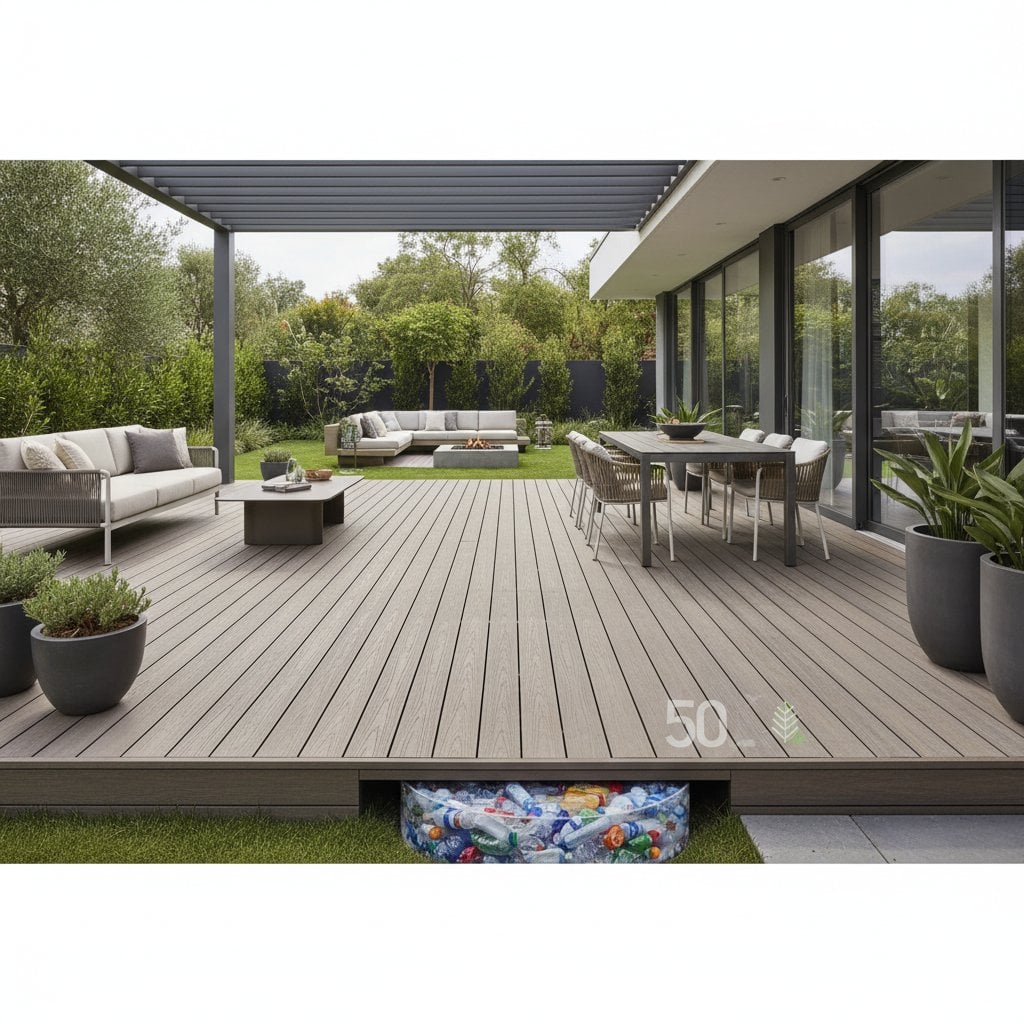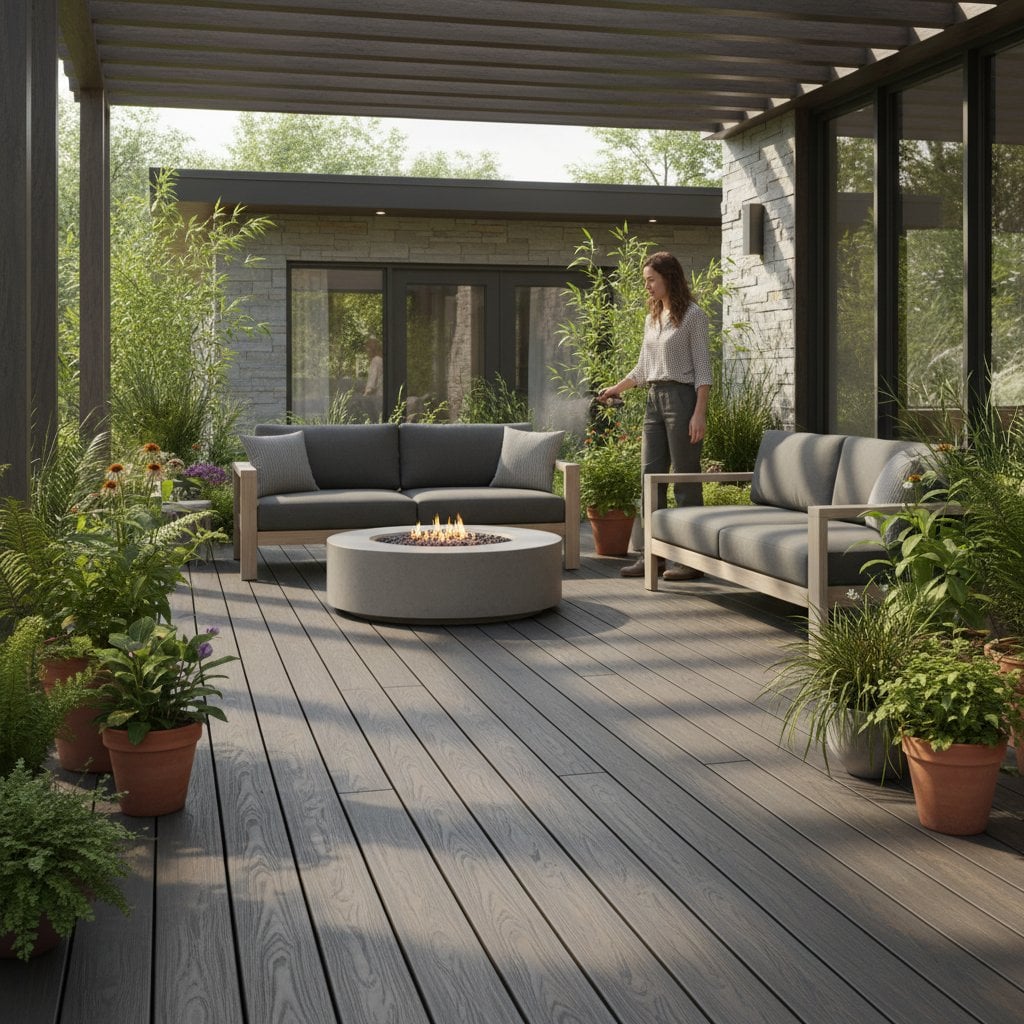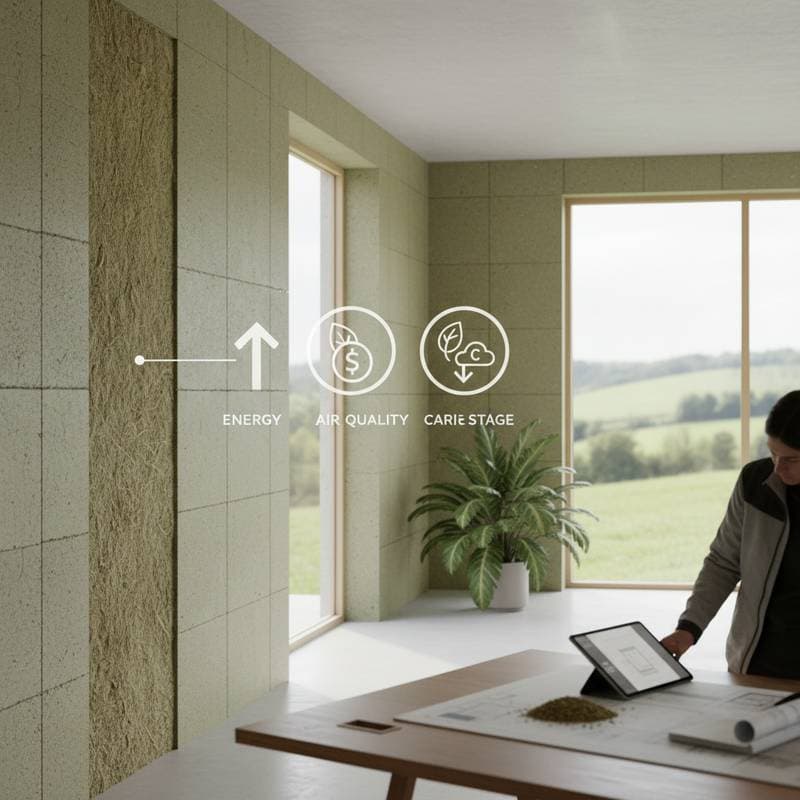Key Points
- Recycled decking made from plastic waste is redefining what sustainable outdoor living looks like.
- Composite and recycled materials now compete closely with traditional wood in both cost and performance.
- Homeowners value recycled decks for their low maintenance, weather resistance, and long lifespan.
- Choosing certified recycled materials can support circular economies and reduce landfill waste.
- Planning, design, and installation quality are key to maximizing long-term value and curb appeal.
The Scene: From Plastic Waste to Backyard Luxury
Imagine sipping your morning coffee on a sleek, sunlit deck that once existed as grocery bags, shampoo bottles, and milk jugs. It sounds futuristic, but it is happening right now. Recycled decking has evolved from a niche eco experiment into one of the most desirable upgrades for modern outdoor spaces.
Homeowners who once debated between cedar and composite now face a new question: why not skip the cutting of fresh trees altogether? Recycled decks make that possible, turning what was once landfill-bound waste into durable, stylish, and low-maintenance outdoor flooring.
Why Recycled Decking Matters
A traditional wood deck can be beautiful, but it also demands regular sealing, staining, and sanding. It can splinter, fade, and rot over time. Recycled plastic decking, on the other hand, resists moisture, fading, and insect damage. The environmental payoff is equally compelling. Every square foot of recycled decking can divert pounds of plastic from landfills and oceans.
Financially, recycled decking has gained traction because of its long-term value. While the initial investment may be slightly higher than wood, homeowners typically save on maintenance, refinishing, and replacement costs. Over a 20-year period, the total ownership cost of recycled decking can be up to 30 percent lower than that of pressure-treated lumber.
Key Considerations for Planning
Whether you are upgrading a small patio or building a wraparound deck, careful planning determines the project’s success.
1. Evaluate Your Existing Structure
Before installing recycled decking, check if your current framing can support new materials. Most composite and recycled boards are heavier than natural wood, so joist spacing and load capacity may need adjustment.
2. Choose the Right Material Mix
Recycled decks come in two main categories:
- Pure plastic decking made entirely from post-consumer plastics like HDPE or PVC.
- Composite decking that blends recycled plastic with reclaimed wood fibers for a more natural look.
Each option has its strengths. Pure plastic is highly moisture-resistant, making it perfect for humid or coastal climates. Composites offer a wood-like texture that many homeowners prefer.
3. Confirm Certifications
Look for materials certified by groups like the Forest Stewardship Council (FSC) or those meeting recognized recycled content standards. Certification helps verify that your purchase supports verified recycling programs and ethical sourcing.
4. Plan for Drainage and Ventilation
Even the best recycled boards need proper airflow underneath. Good ventilation prevents trapped moisture, which can shorten the lifespan of the framing.
5. Budget for Accessories and Fasteners
Hidden clips, fascia boards, and finishing trims often add 10 to 15 percent to total costs. Including them in your initial estimate avoids surprises later.
Cost Breakdown and ROI Analysis
The cost of recycled decking varies depending on brand, quality, and design complexity, but you can expect approximate ranges per square foot:
- Entry-level recycled plastic decking: $3 to $6
- Mid-range composite decking: $6 to $9
- Premium capped composite decking: $9 to $14
Installation adds another $4 to $8 per square foot depending on labor rates and site conditions.
At first glance, that may seem steep compared to pressure-treated lumber priced around $2 to $5 per square foot. But when you factor in the cost of staining, sealing, and periodic replacement of warped boards, the math shifts quickly.
A well-installed recycled deck can last 25 years or more with minimal upkeep. Over that time, maintenance costs are typically 70 to 80 percent lower than wood. The resale value also benefits, as buyers increasingly favor eco-friendly, low-maintenance outdoor spaces.
Design and Layout Ideas
Recycled decking offers design flexibility that natural wood struggles to match.
1. Multi-Tone Patterns
Use two complementary shades to define zones, such as a dining area and a lounge space. Some homeowners mimic indoor flooring trends with herringbone or diagonal layouts.
2. Integrated Lighting
Many recycled decking systems include built-in lighting channels for low-voltage LED fixtures. This creates subtle ambiance without visible wiring.
3. Curved Edges and Borders
Plastic materials can be heat-shaped into curves, allowing creative borders or rounded corners that soften the look of large decks.
4. Hidden Fasteners
Decking clips keep screws invisible, allowing a smooth, barefoot-friendly surface.
5. Sustainability Meets Style
Pair recycled decking with planters made from reclaimed metal or furniture built from salvaged timber. A cohesive eco-friendly aesthetic feels both intentional and timeless.
Sustainable Features and Efficiency Gains
Recycled decking is more than just a green material choice. It contributes to a home’s long-term sustainability profile in several measurable ways.
1. Reduced Resource Extraction
Every ton of recycled plastic decking material saves an equivalent amount of virgin plastic or lumber that would otherwise require energy-intensive production.
2. Lower Lifecycle Emissions
Manufacturers increasingly use renewable energy during production and local recycling partnerships to cut transport emissions.
3. Heat Reflection and Comfort
Some advanced composites use reflective pigments that reduce surface temperature under direct sunlight, making them more comfortable for bare feet.
4. Long-Term Durability
Unlike wood, which can degrade due to moisture or pests, recycled decking maintains structural integrity for decades. This reduces waste over time and minimizes replacement cycles.
5. Recyclability at End of Life
Many premium boards can be reprocessed into new decking again, closing the loop in the material’s lifecycle.
Factors Influencing Project Decisions
Several variables influence the best choice for your home:
- Climate: Choose moisture-resistant boards in humid regions and UV-stable materials in sunny areas.
- Aesthetics: Decide whether you want a natural wood look or a sleek modern surface.
- Budget: Balance upfront costs against long-term maintenance savings.
- Local Waste Streams: Some suppliers use regionally sourced recycled material, lowering environmental impact.
- Installation Skill: While DIY-friendly, composite systems still require careful spacing and fastening to prevent expansion issues.
Homeowners who weigh these factors early often achieve smoother projects and better long-term satisfaction.
Frequently Asked Questions
Q: How do recycled decks compare to wood in terms of strength?
Recycled boards are engineered for structural stability. While they may flex slightly more than wood, they resist cracking and splitting. Proper joist spacing ensures equal or greater performance than most wood installations.
Q: Will my deck fade or change color over time?
High-quality recycled decking includes UV inhibitors that minimize fading. Some natural tonal shift may occur, but significantly less than with stained wood.
Q: Can I install recycled decking myself?
DIY installation is possible if you have basic carpentry skills and follow spacing guidelines. Hidden fastener systems simplify the process, but always review the manufacturer’s instructions and local code requirements.
Q: How do I clean and maintain a recycled deck?
A simple wash with mild soap and water removes dirt and pollen. Avoid harsh solvents or metal brushes that could damage the surface. Most homeowners clean twice a year.
Q: Is it slippery when wet?
Modern recycled boards are textured or embossed to improve traction. Some even exceed slip-resistance standards found in commercial applications.
Q: Are recycled decks recyclable again?
Yes, many can be reprocessed into new boards, packaging materials, or industrial products. Check with your manufacturer for specific recycling programs.
Maintaining Your Investment
Once your deck is installed, protecting your investment is straightforward. Keep it swept free of debris, rinse it occasionally, and inspect fasteners annually.
For homeowners who enjoy entertaining, consider adding a pergola or shade sail to extend its lifespan and comfort. Recycled decking pairs beautifully with energy-efficient lighting, solar-powered garden accents, and native landscaping that reduces water use.
A recycled deck is more than a design statement. It is a practical daily reminder that sustainability can be both stylish and sensible.
Enjoy the satisfaction of knowing your deck is not just part of your home but part of a larger story about smarter living on a cooler planet.










